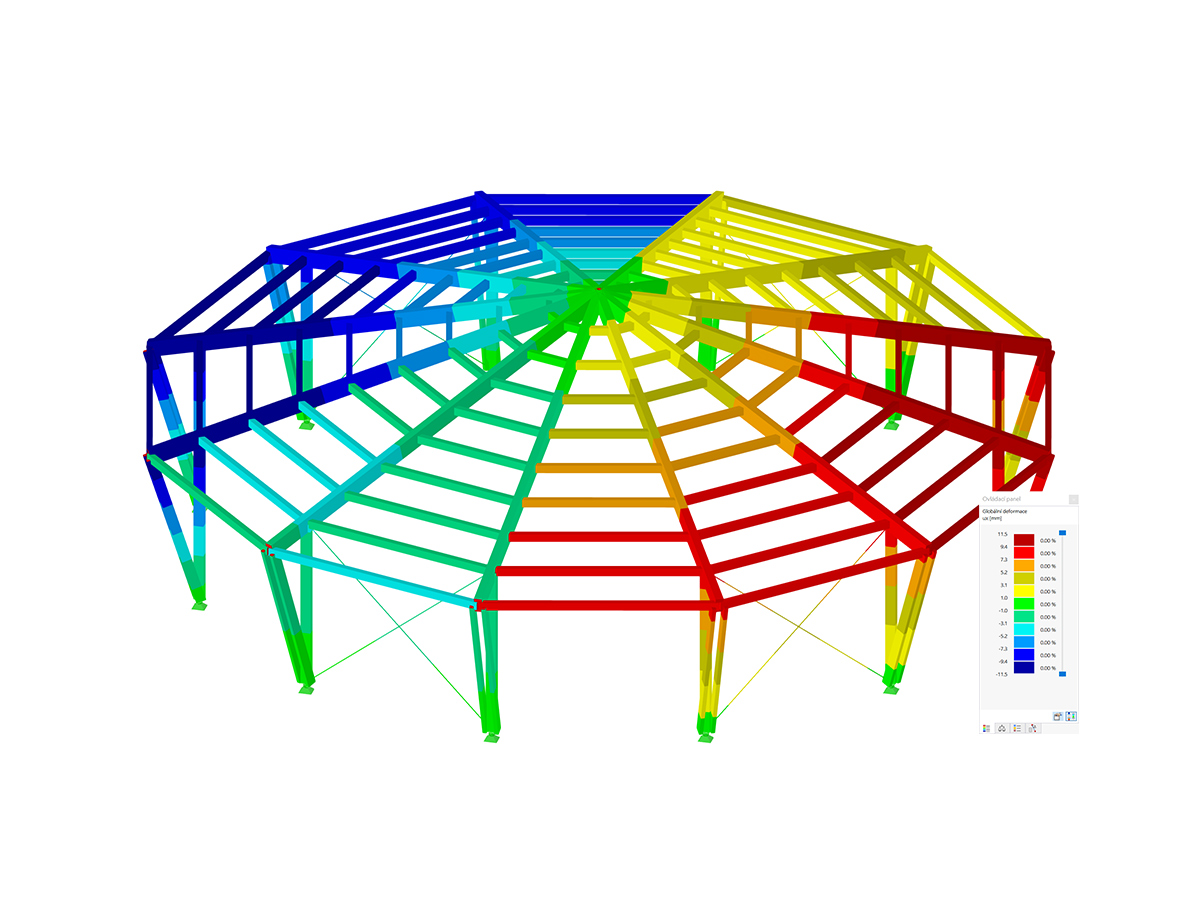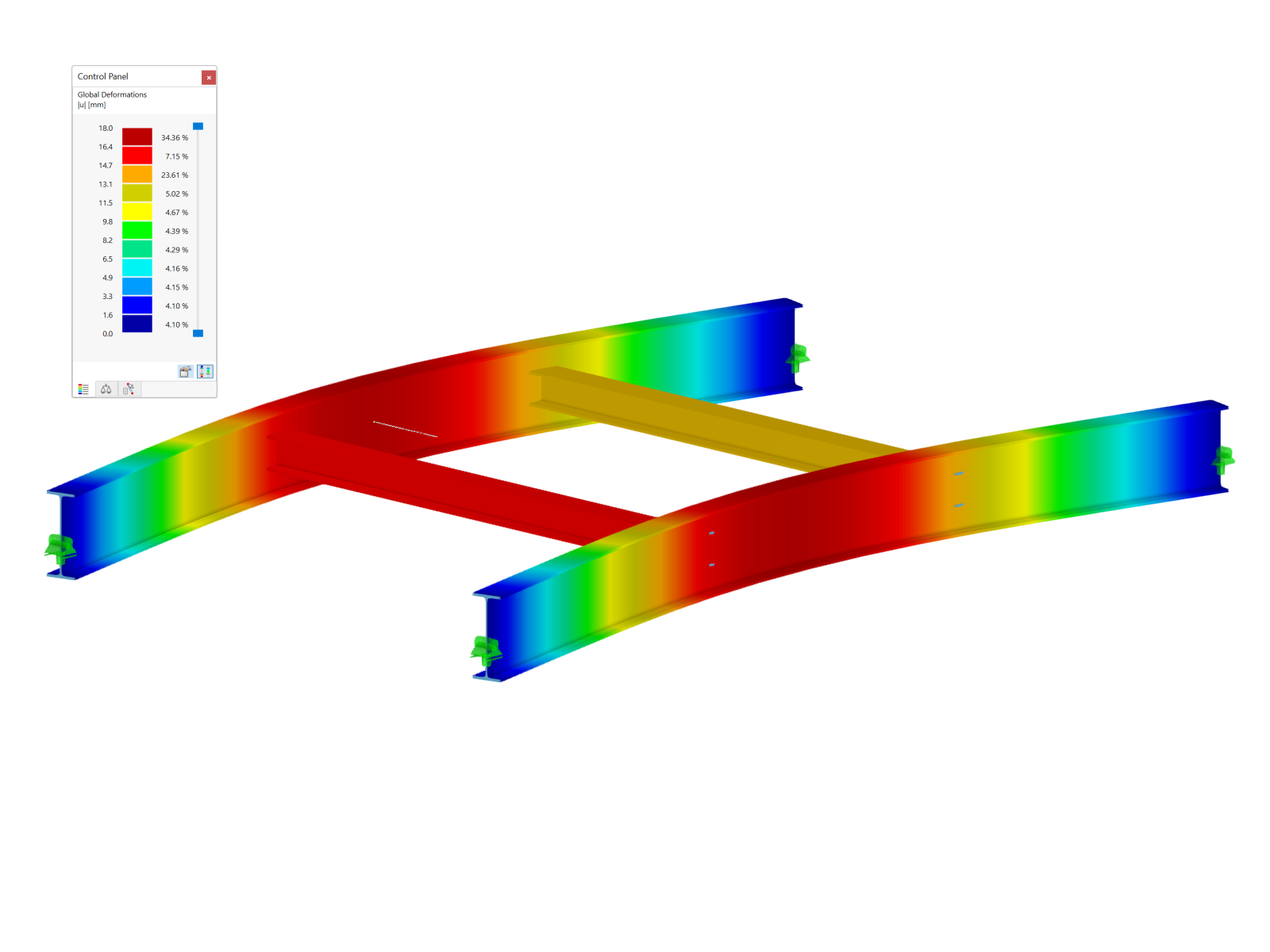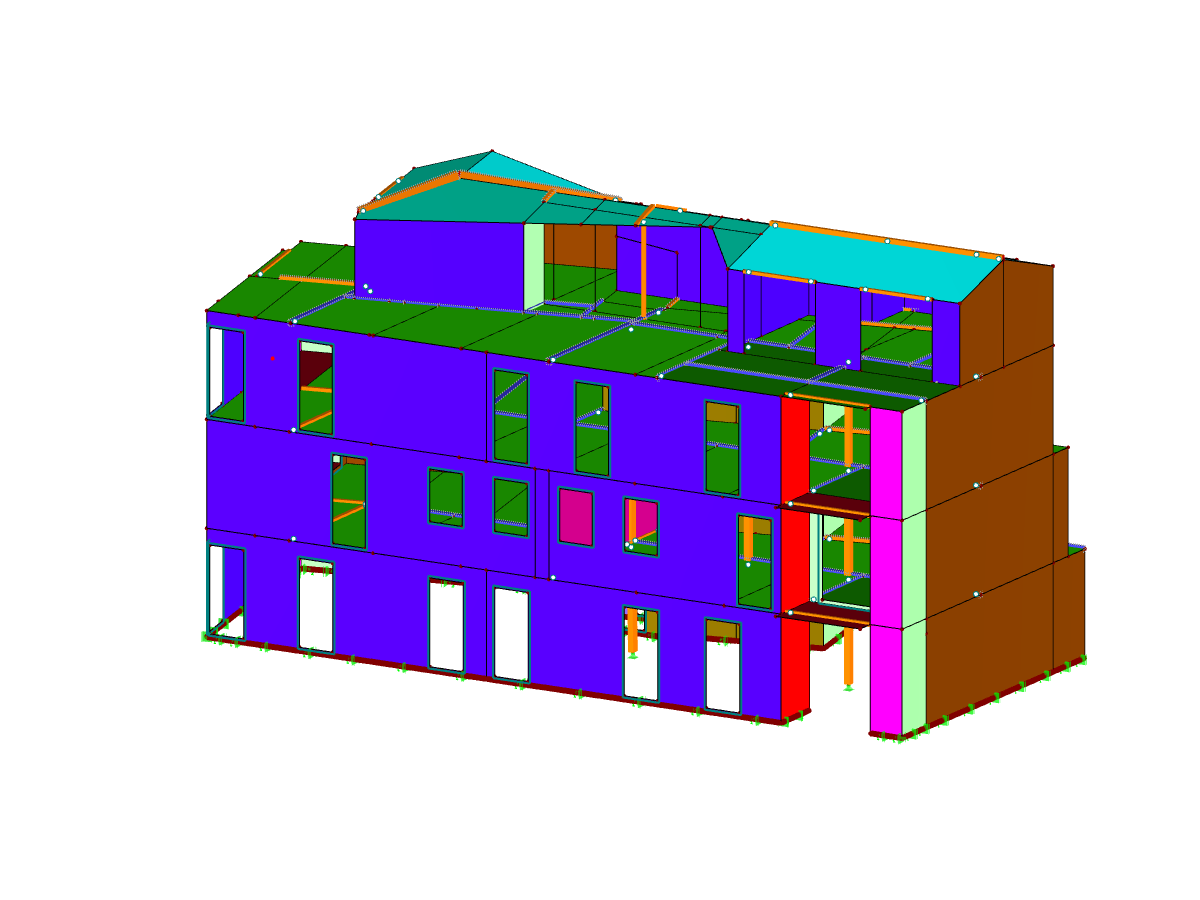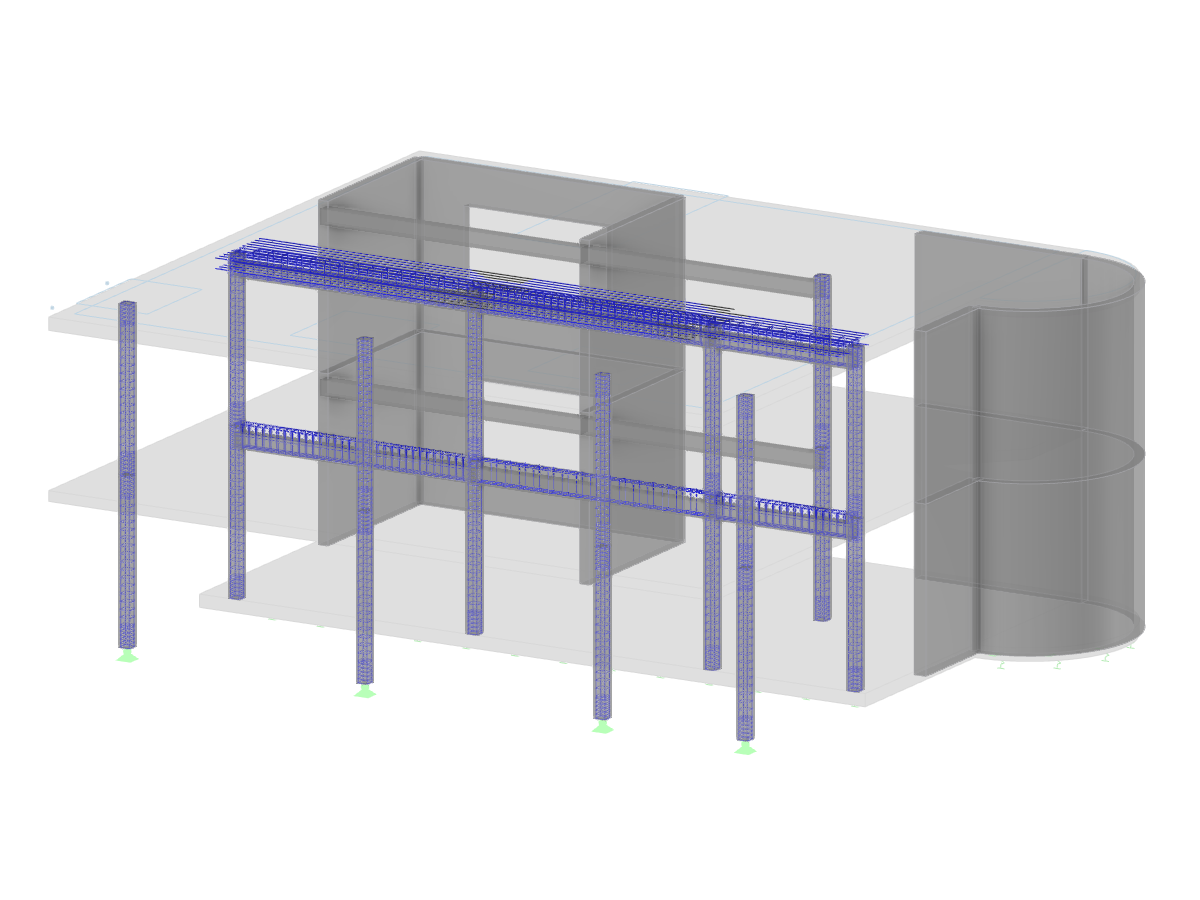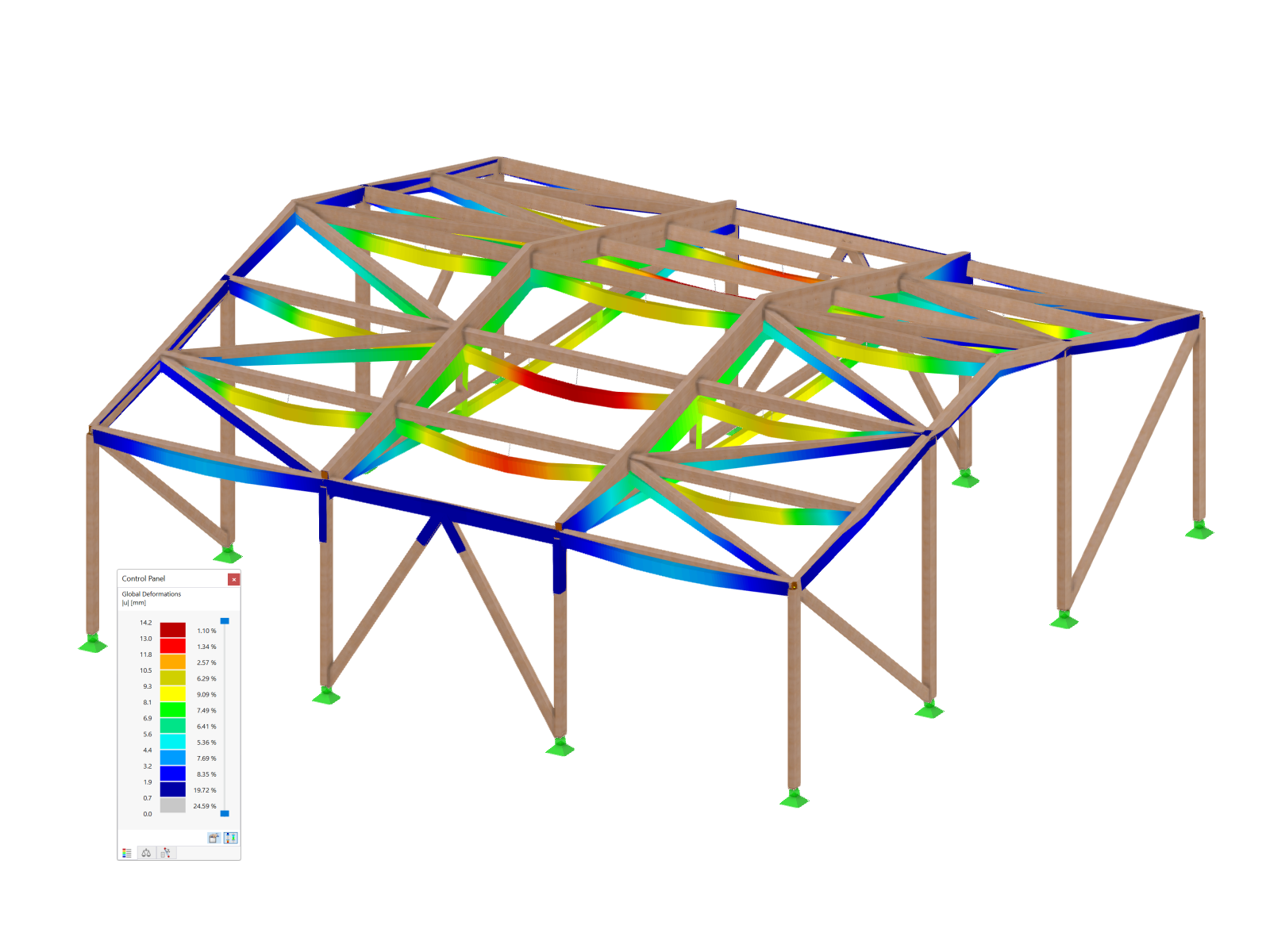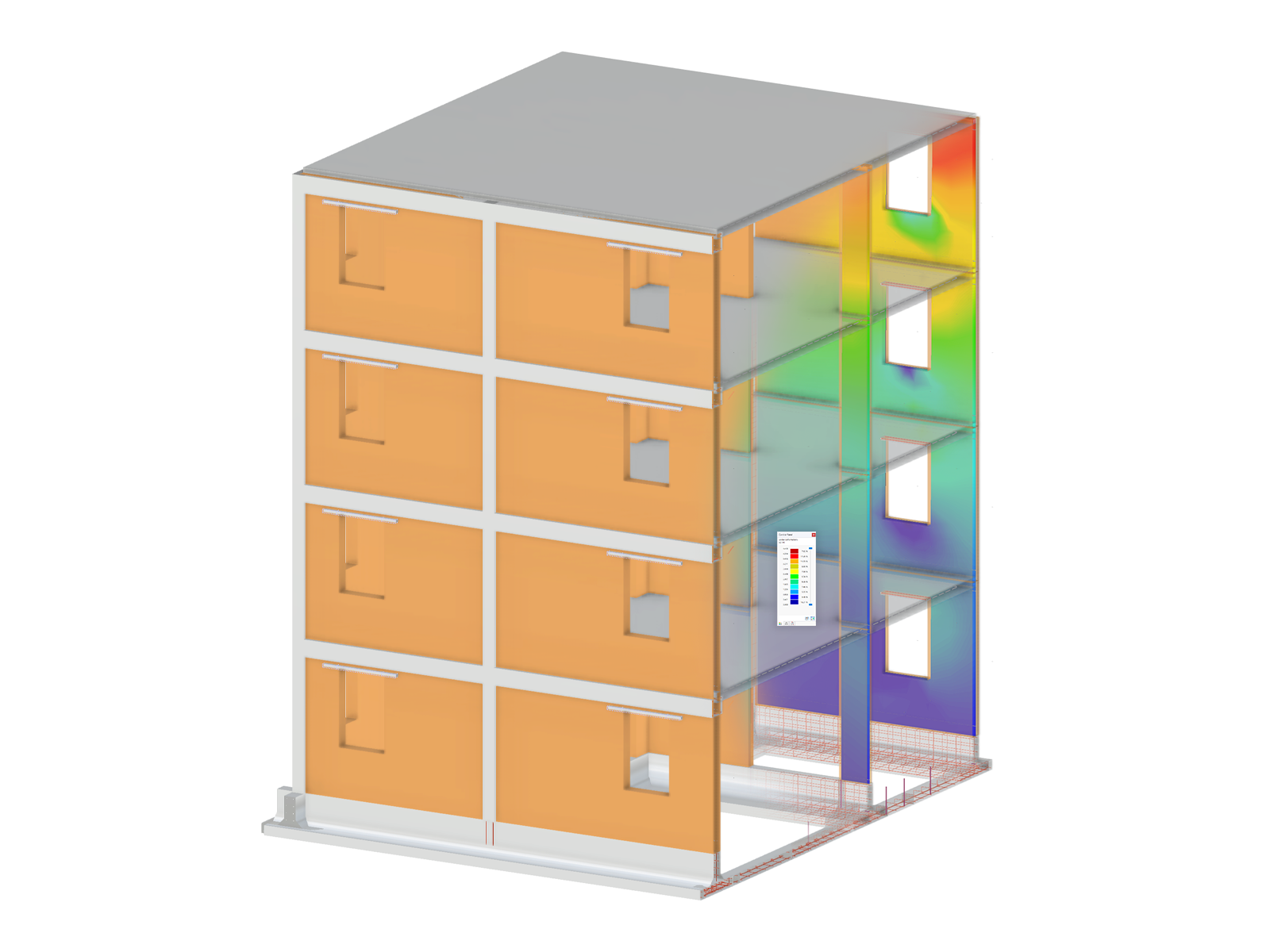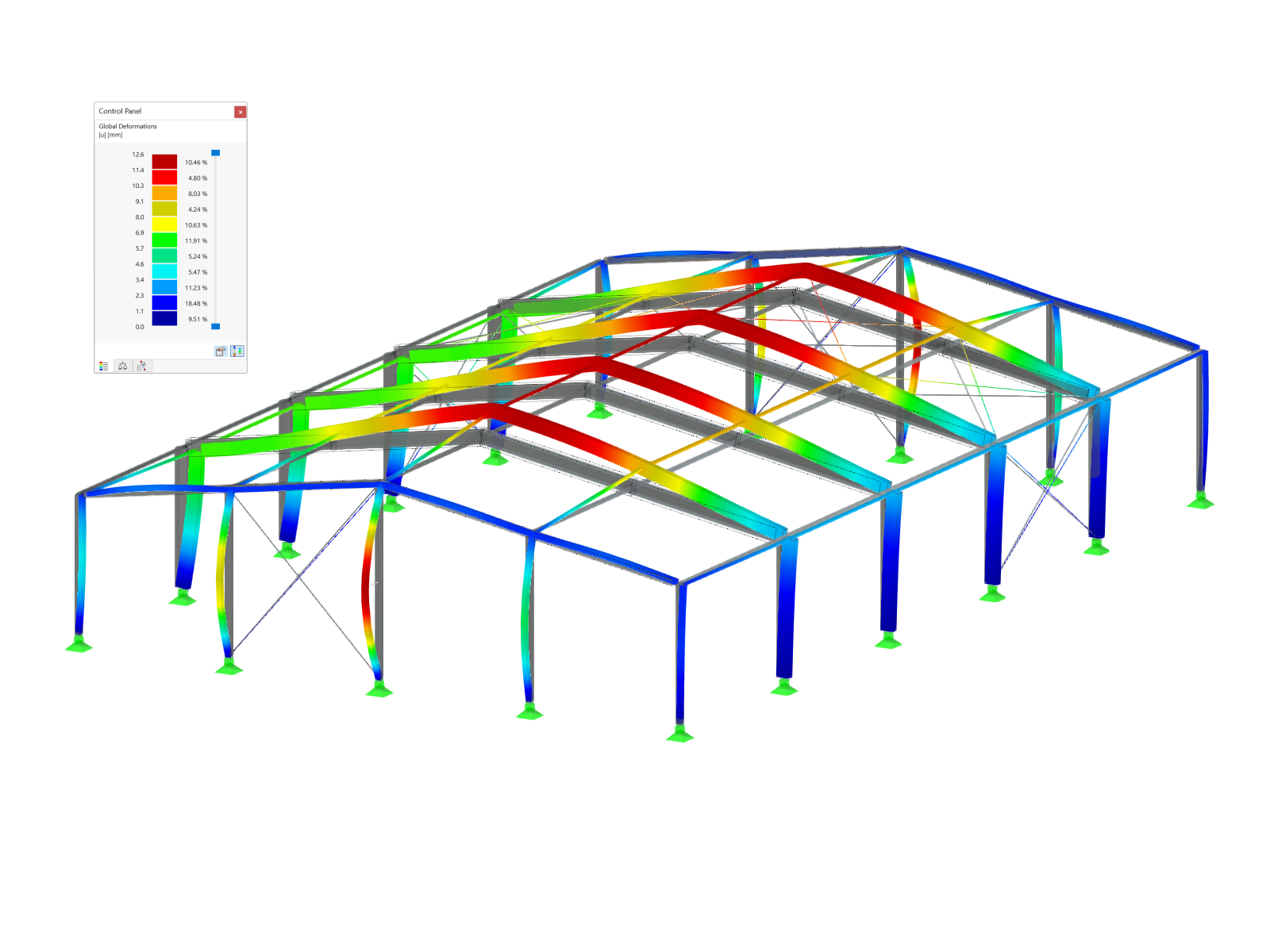Architecture, Structural Analysis, Planning & Construction
Student team of Czech Technical University (CTU)
Prague, Czech Republic
www.cvut.cz
www.airhouse.cz
Analytical model of "AIR House" in RFEM (© CTU)
| 5 star | ||
| 4 star | ||
| 3 star | ||
| 2 star | ||
| 1 star |
Energy-Efficient Solar House
| Number of Nodes | 548 |
| Number of Lines | 813 |
| Number of Members | 648 |
| Number of Surfaces | 19 |
| Number of Load Cases | 8 |
| Number of Load Combinations | 359 |
| Number of Result Combinations | 3 |
| Dimensions (Metric) | 13.745 x 12.035 x 4.335 m |
| Dimensions (Imperial) | 45.1 x 39.48 x 14.22 feet |
| Program Version | 5.01.00 |

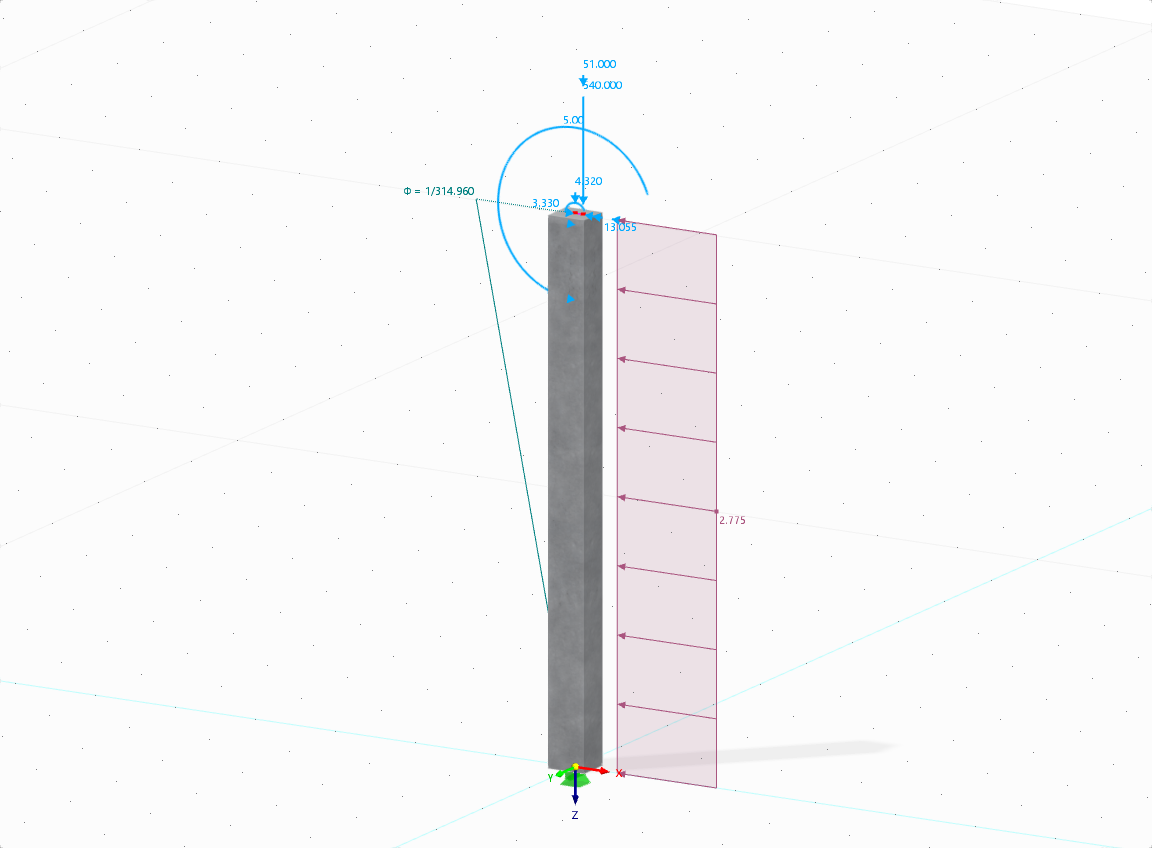
The aim of this technical article is to perform a design according to the general design method of Eurocode 2, using the example of a slender reinforced concrete column.

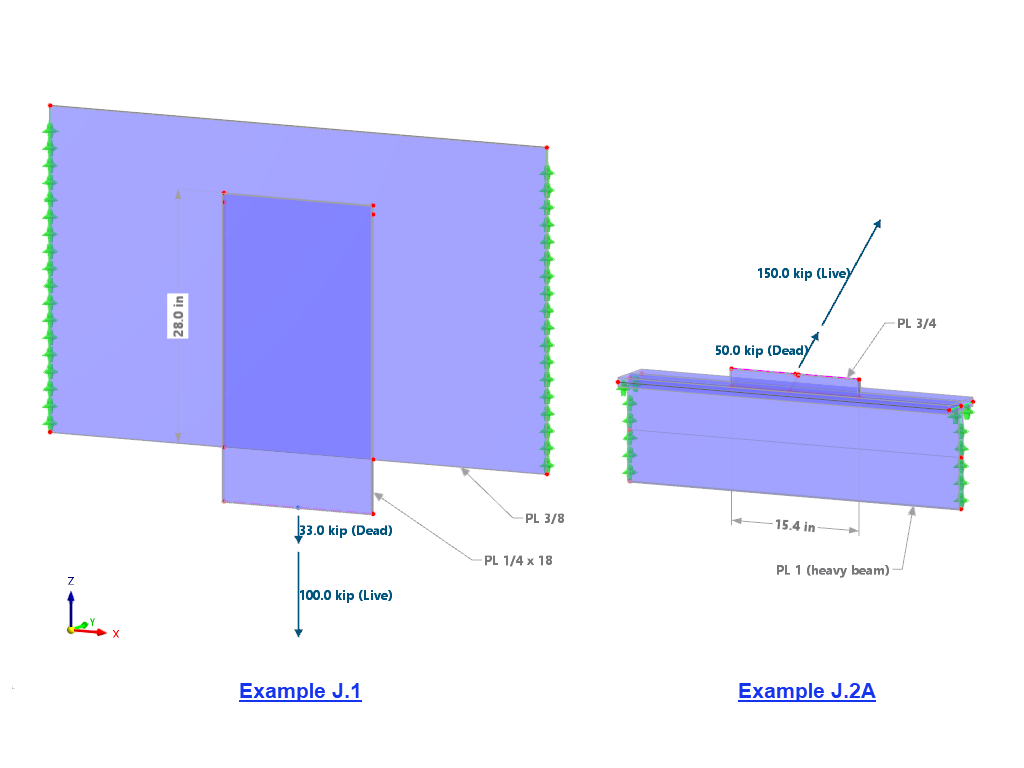

The maximum and minimum extreme values (the envelope) are displayed in result tables and graphics. It is possible to add them to the global RSTAB printout report.
You can also design the internal forces of super combinations in many RSTAB add-on modules.

For superpositioning, it is necessary to select one of the integrated standards. The partial safety factors are preset by default. It is also possible to create a new standard and to save it with the user-defined safety factors.
The combination criterion defines which load cases, load combinations, or result combinations are to be considered by which model. The actions can be scaled by factors and classified as 'permanent' or 'potentially'. Alternative examinations in the form of a 'or' superposition are also possible. Graphic representations facilitate the allocation of the relevant models.
When determining extreme values, SUPER-RC imports the results of structures and superimposes them according to the combination criterion. The results are compared using the member and node numbers.

A basic model is created and saved under different names depending on the construction progress. These structural models are then used for the supercombination. The superpositioning can be performed in the same way as for an RSTAB result combination.
By modeling various construction or operational conditions, different geometric boundary conditions can be represented: It is possible to add or remove supports, members, or elastic foundation of the model, for example.
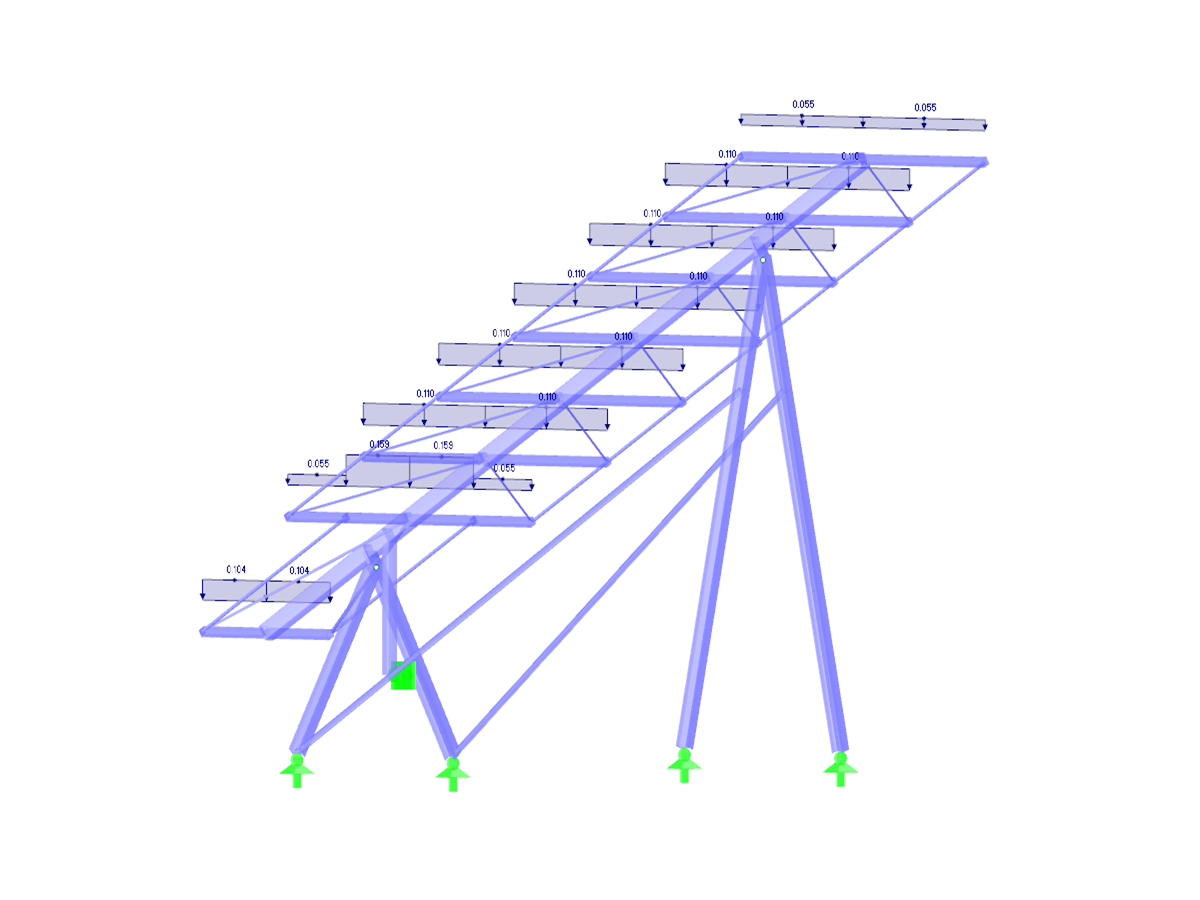.png?mw=512&hash=aebefe4c848b2361dfa5c28d28e1def81de5dafd)
- Management of RSTAB models according to construction progress
- Definition of geometric boundary conditions for individual construction and operational conditions
- Access to load cases, load combinations, and result combinations of all structures
- Superposition of the different models in the form of an envelope of all extreme values
- Combination options according to the following standards:
-
Eurocode
-
DIN 18800:1990-11
-
DIN 1045:1988-07
-
DIN 1045-1:2008-08
-
DIN 1052:1988-04
-
to DIN 1055-100:2001-03
-
ÖNORM
- Serviceability (unscaled)
-
- Tabular and graphical result display
Why is the effective depth different with the effective depth used in shear checks?
Can I optimize parametric cross-sections?
How can I check the determination of the required reinforcement?
Is it possible to consider shear panels and rotational restraints in the global calculation?
How can I create a nodal constraint of the "Diaphragm" type in RFEM 6, as the function "1.31 – Nodal Constraints" from RFEM 5 is no longer available?

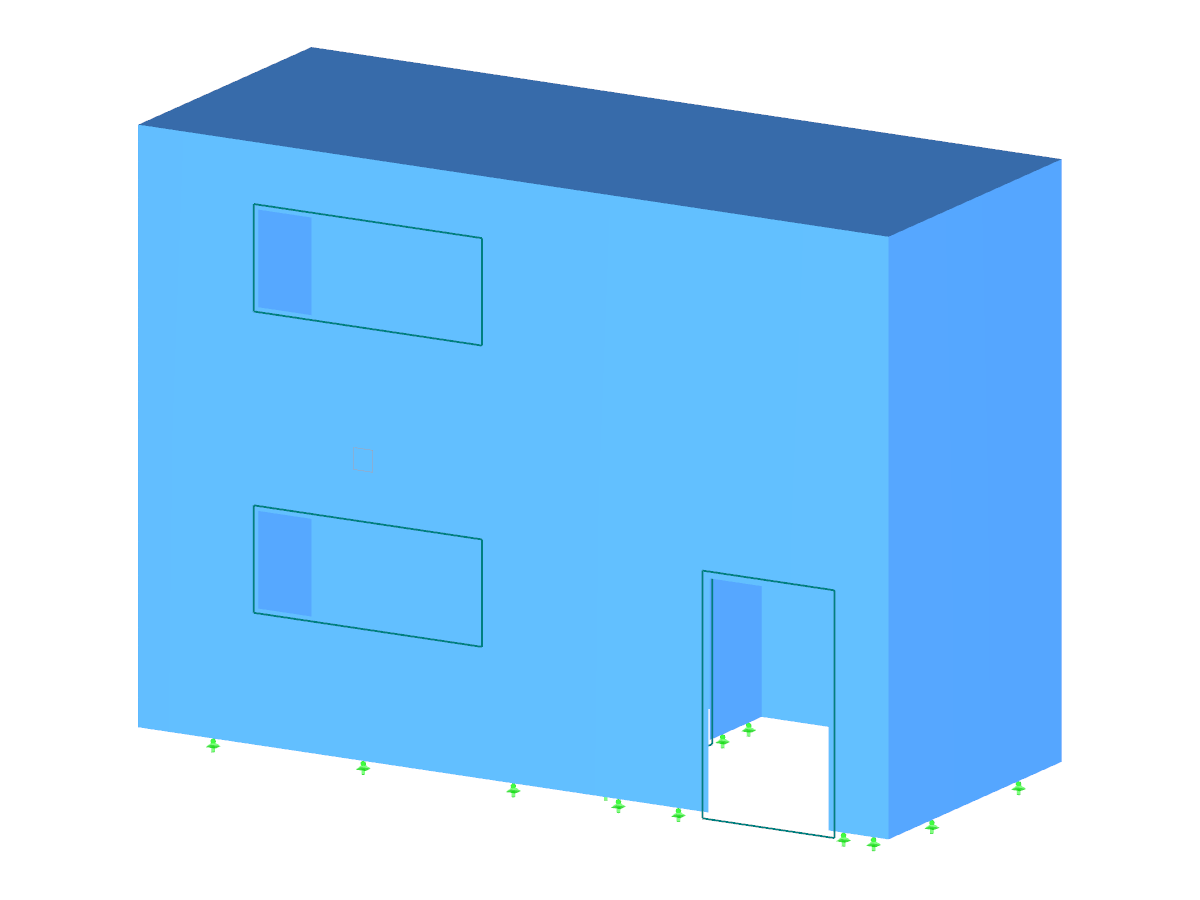













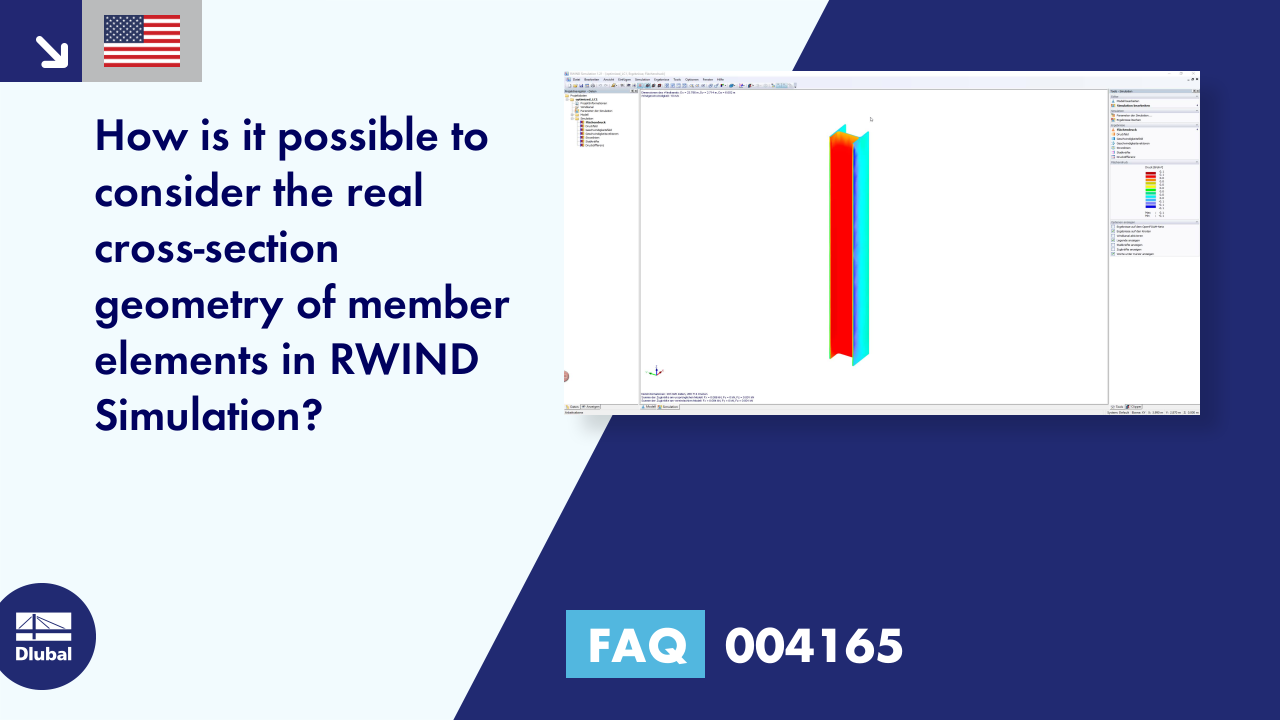

















![Visualization of Solar Power Plant (© Cockerill Maintenance & Ingenierie sa [CMI])](/en/webimage/012579/568396/Solar_Plant.jpg?mw=350&hash=825e91cc569f2c58075a4794fa4a22559ca9f073)











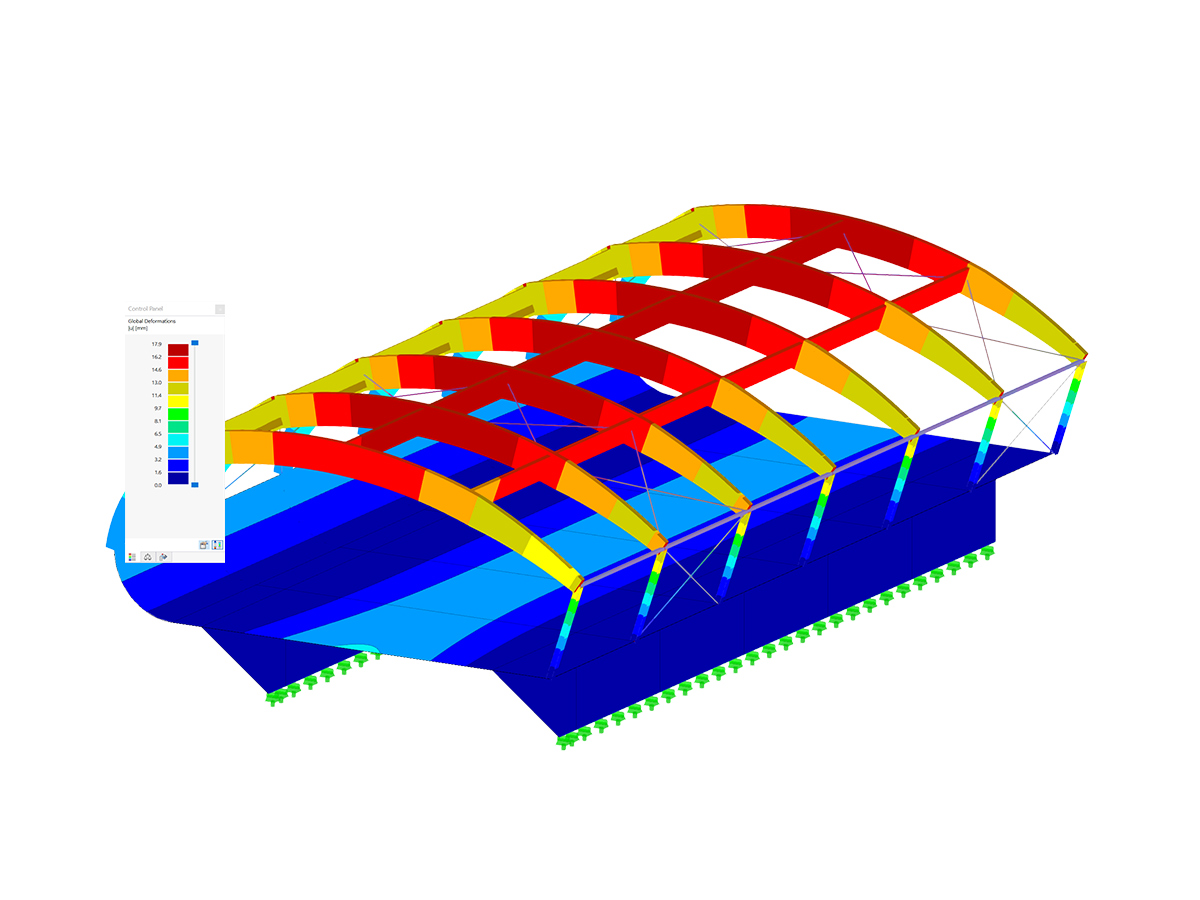
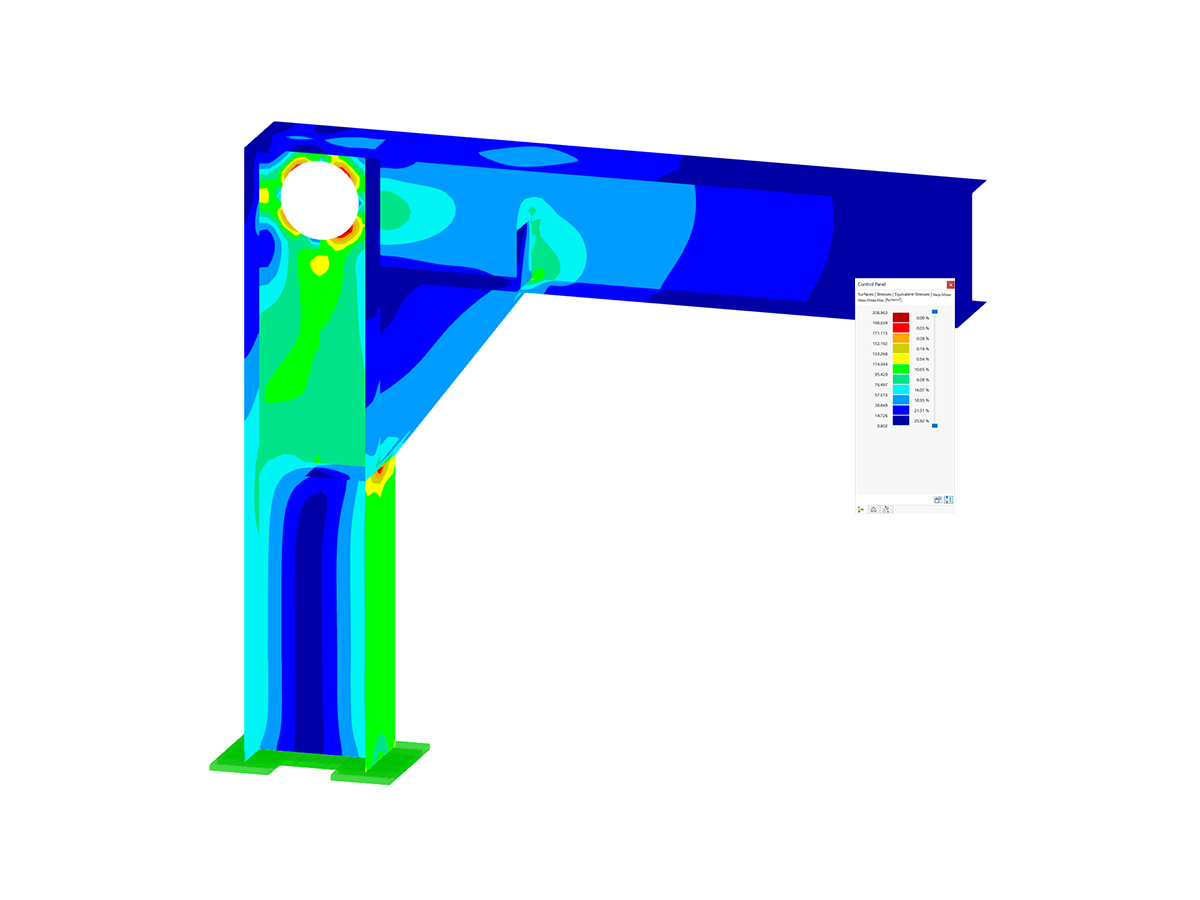
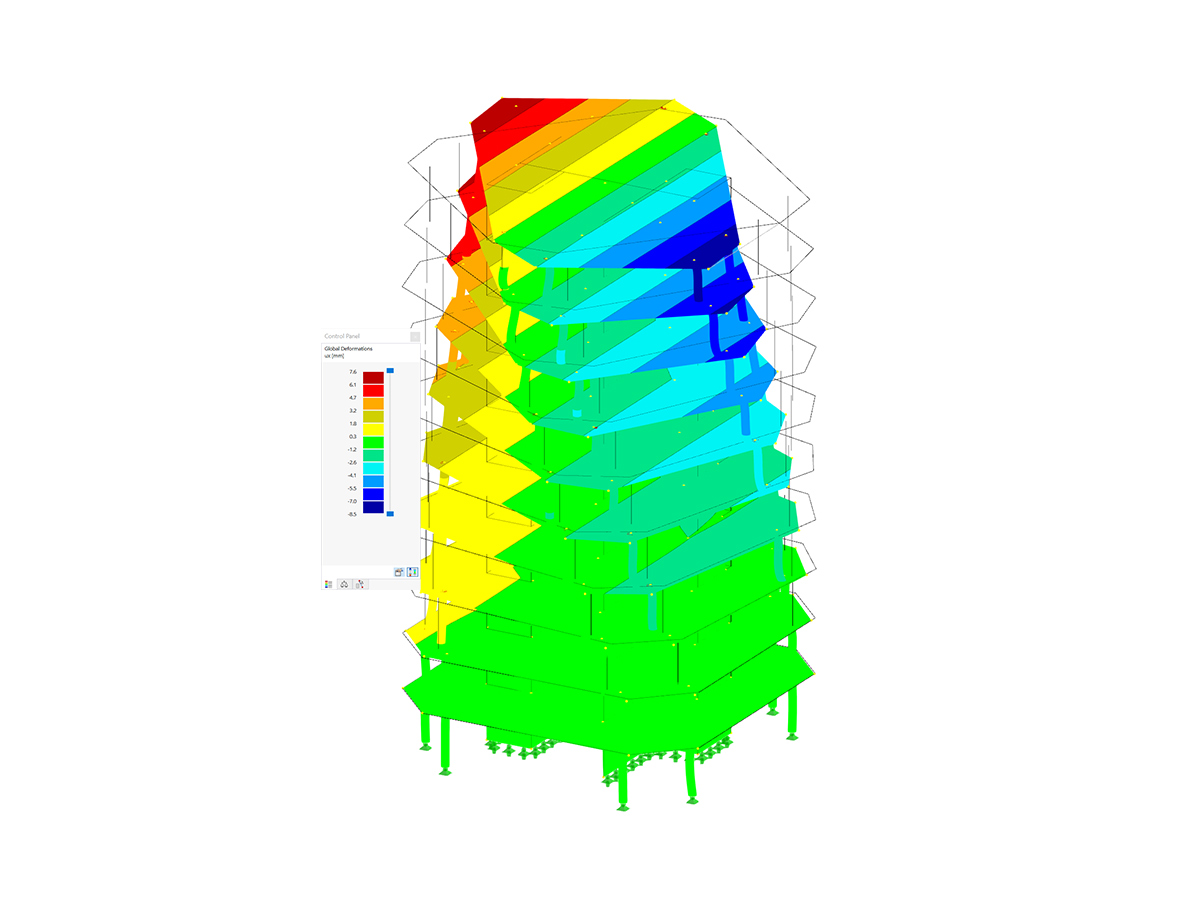
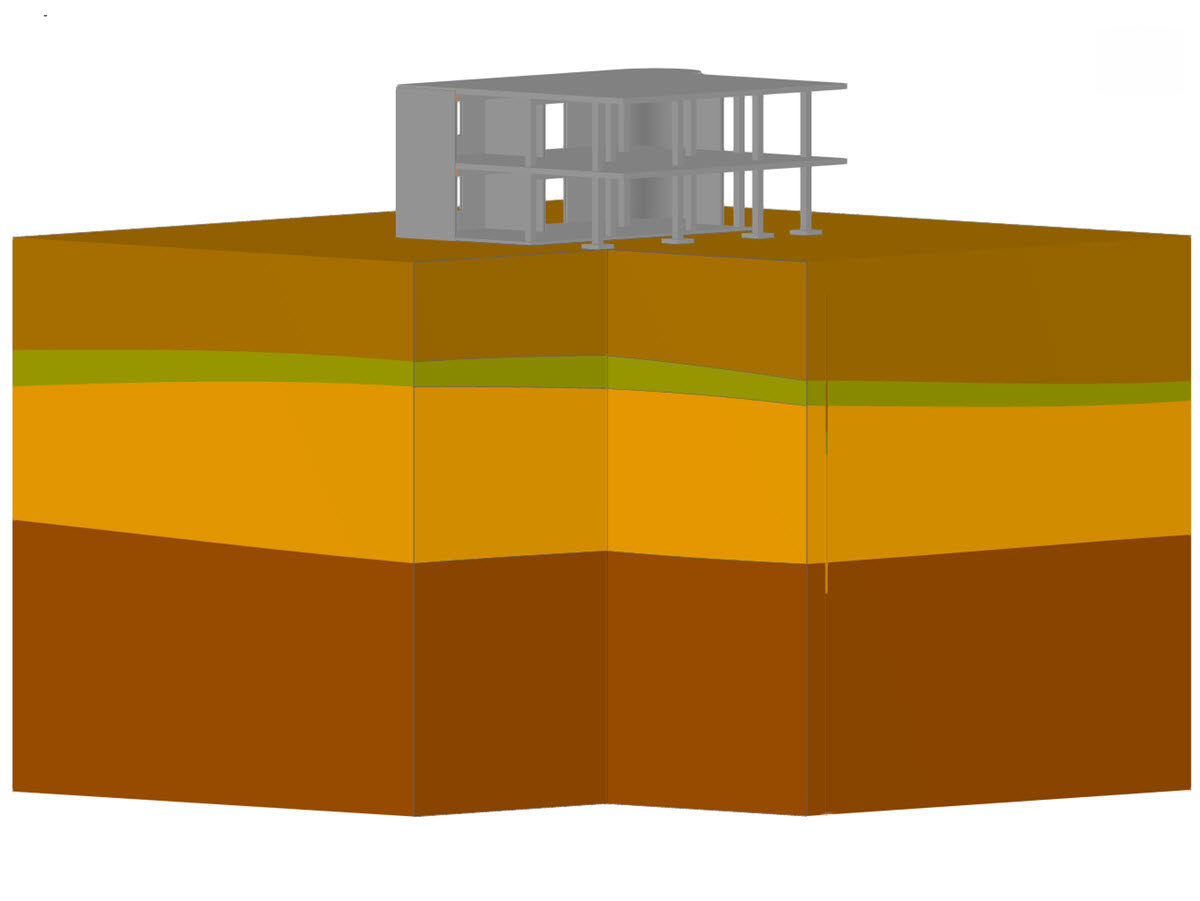
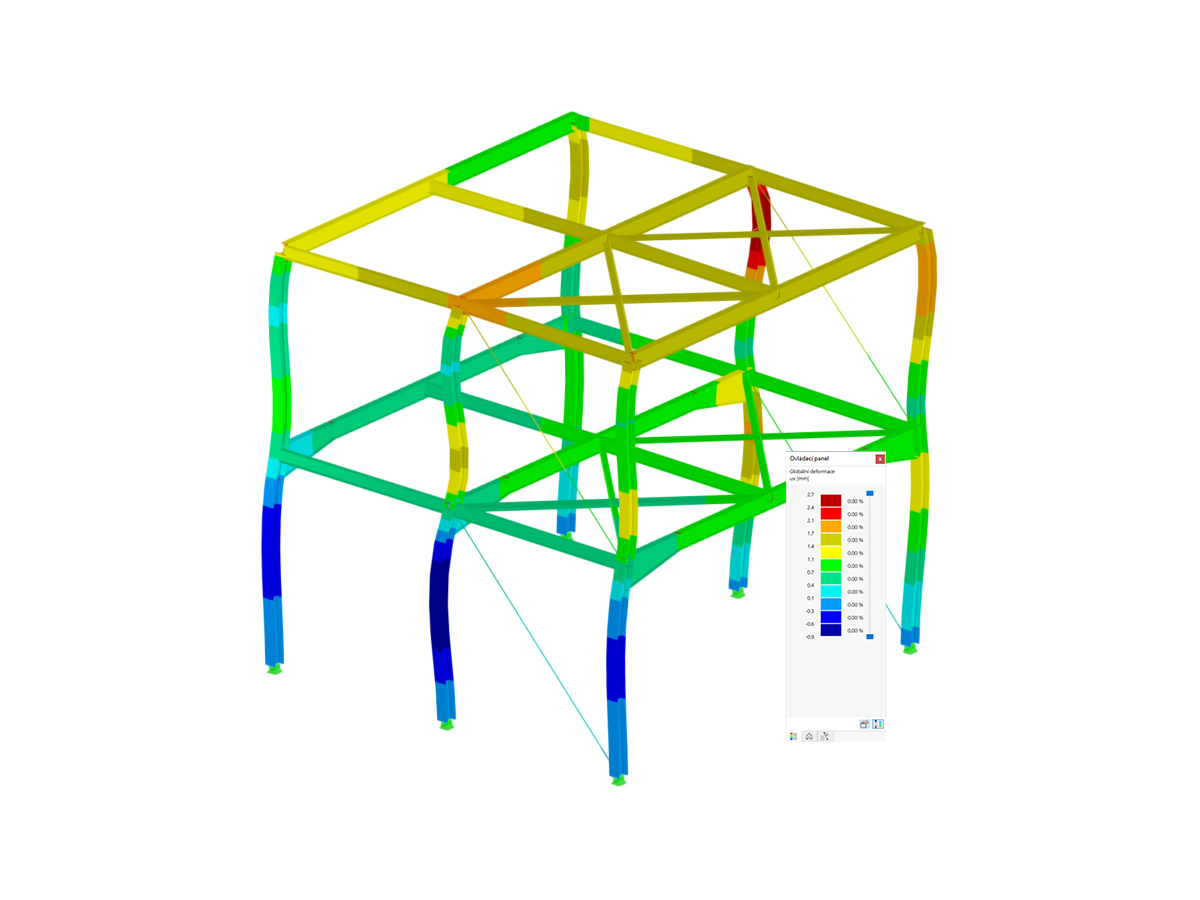

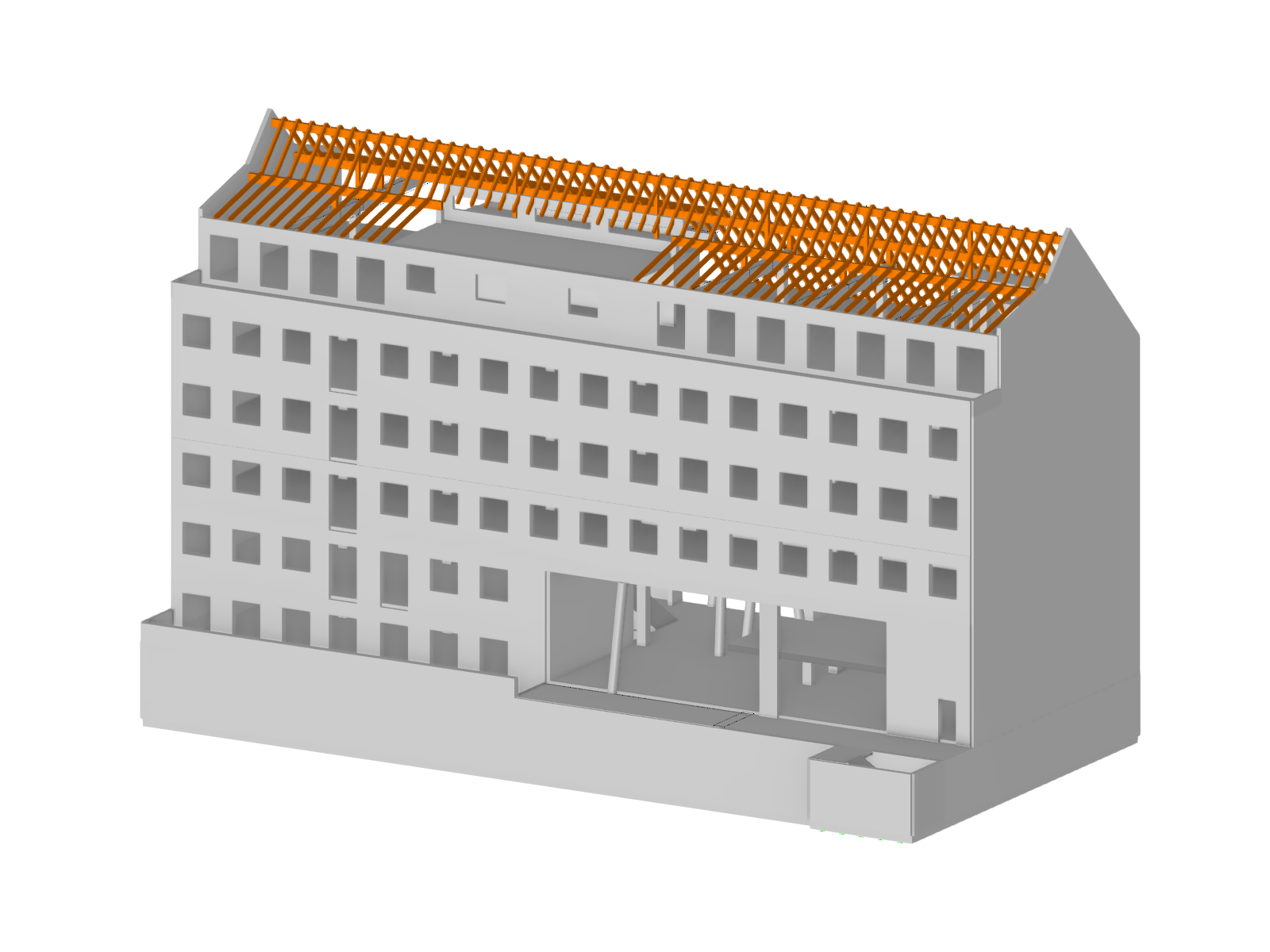
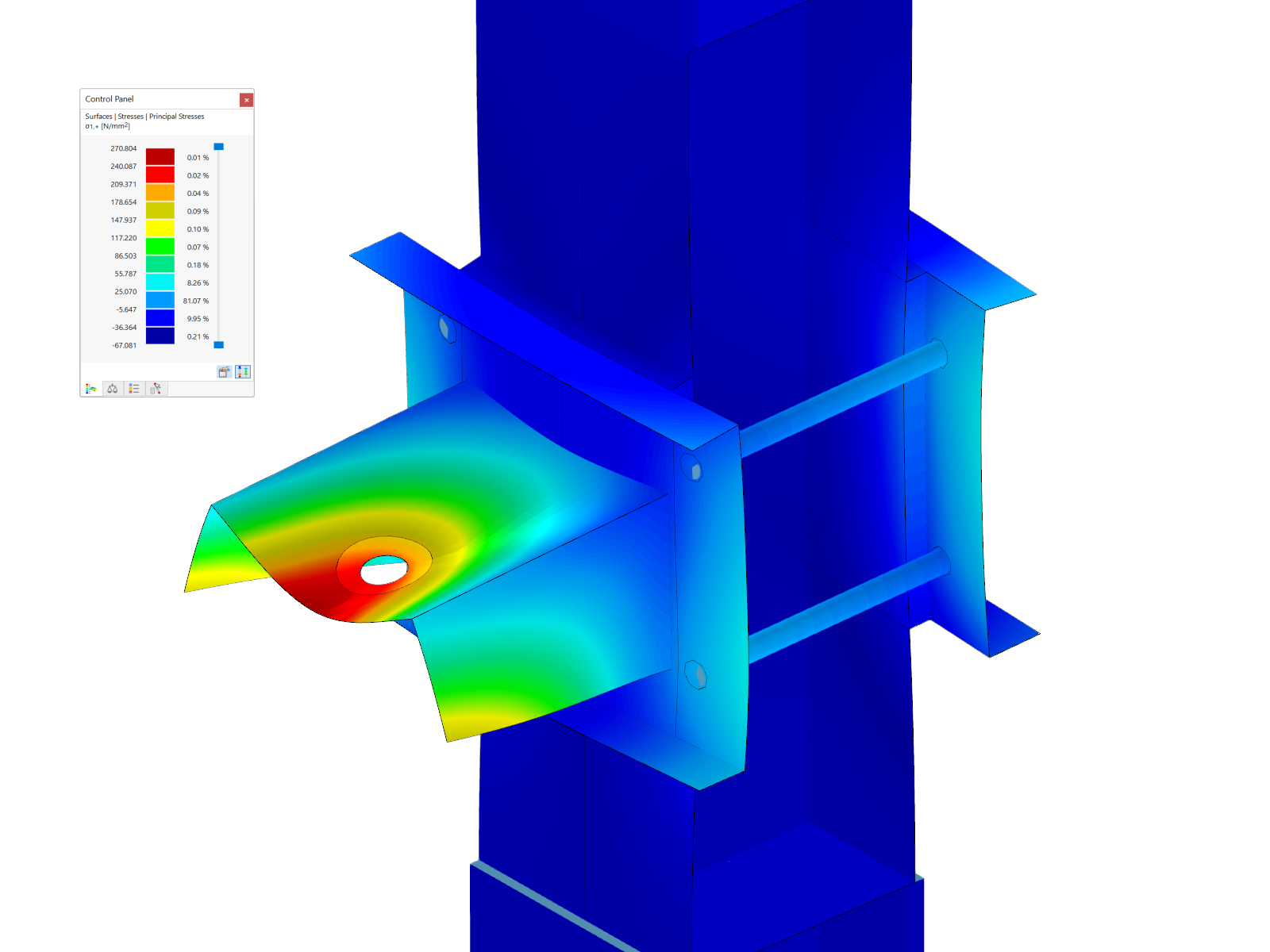
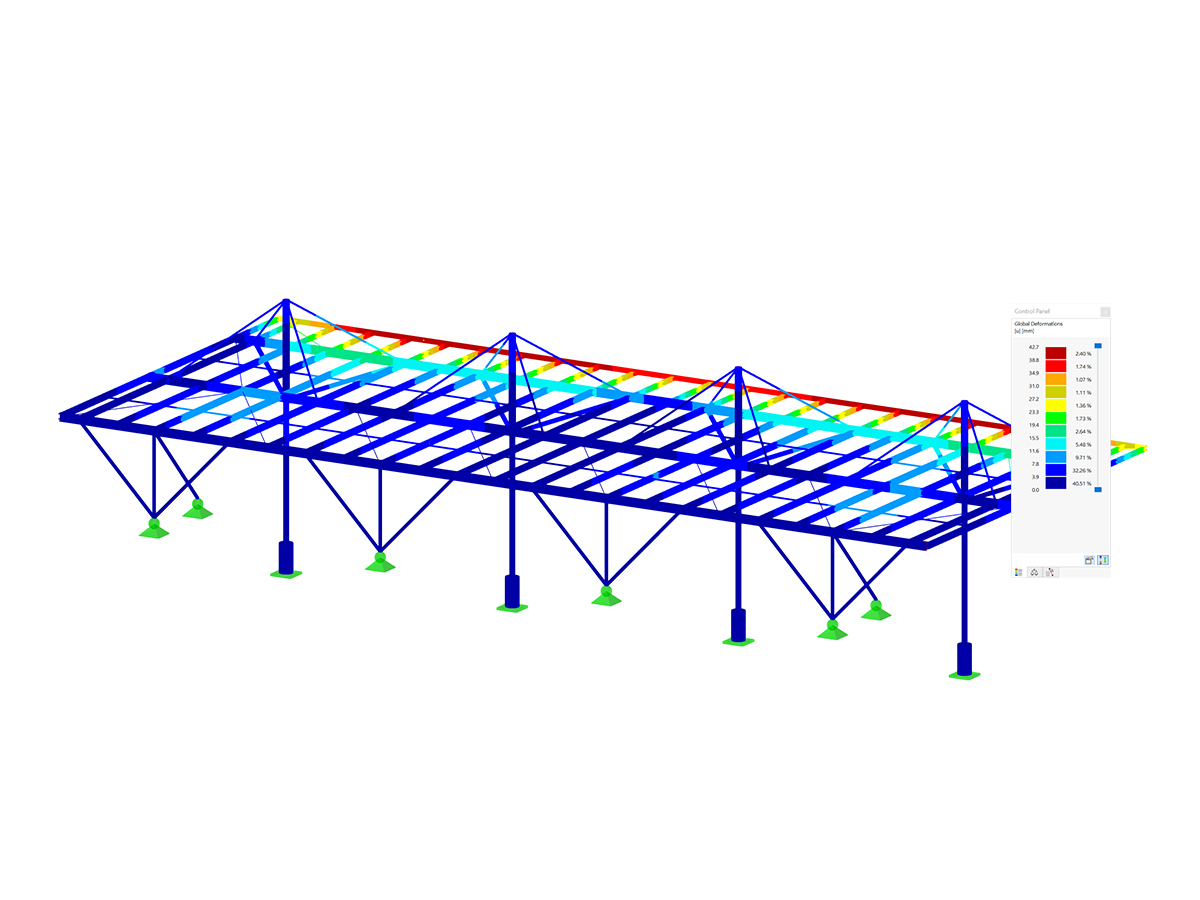
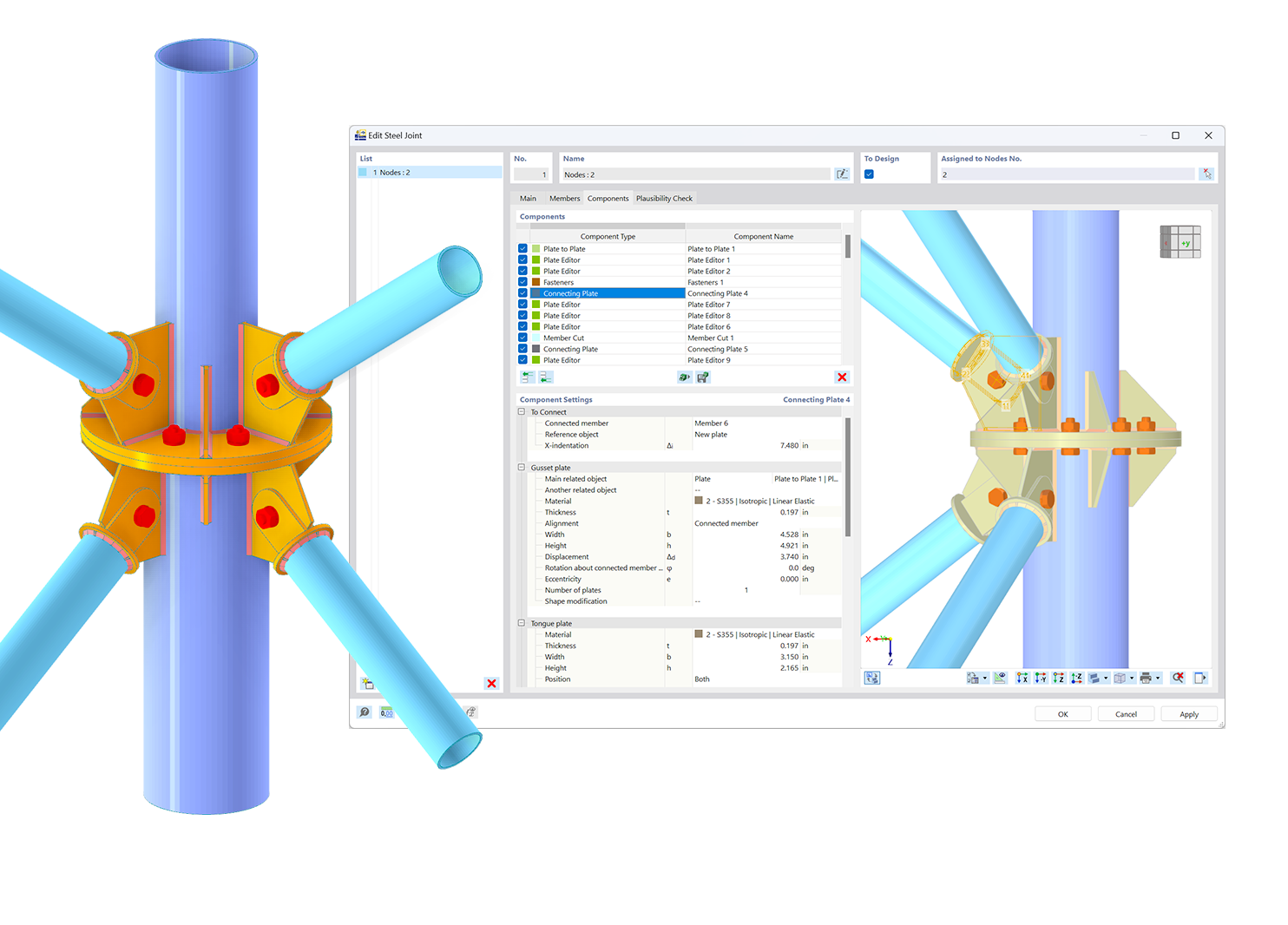.png?mw=600&hash=49b6a289915d28aa461360f7308b092631b1446e)
